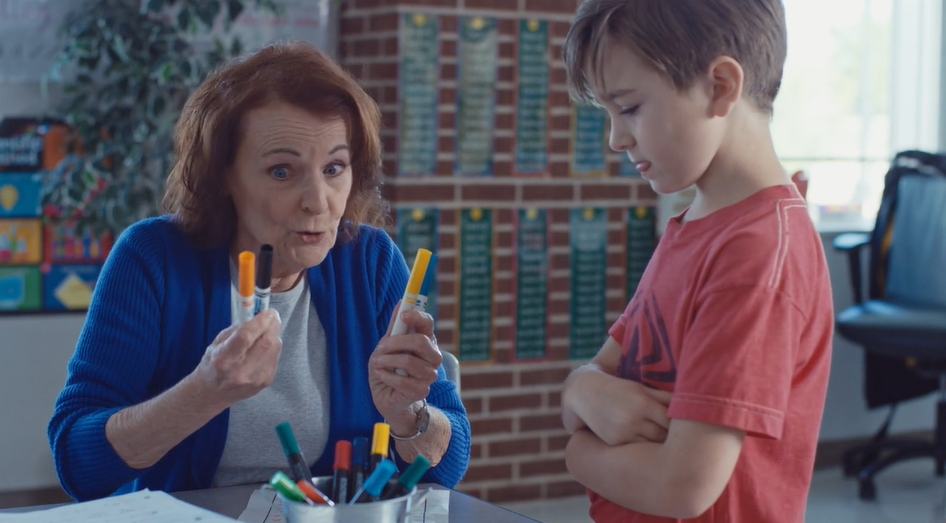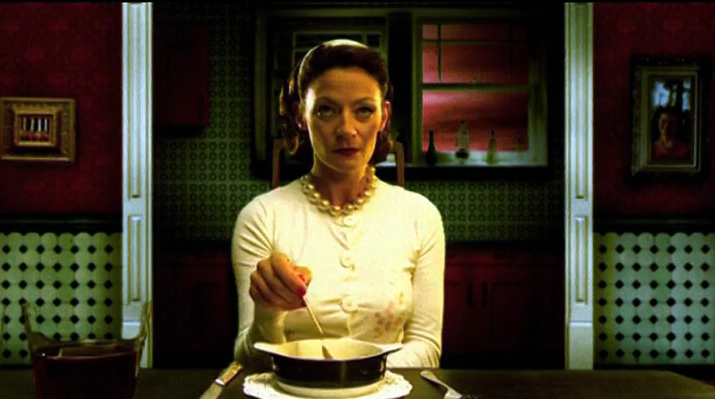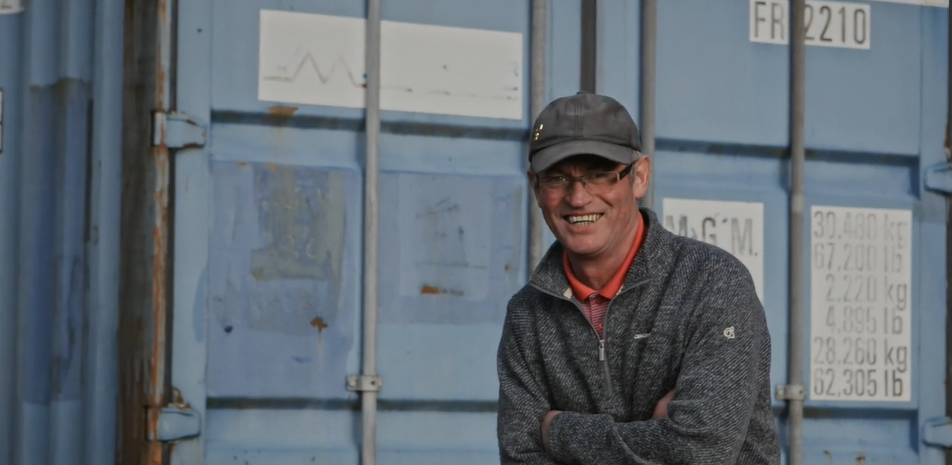Reading a Screen Text
Reading a Screen Text
In many ways, reading a screen text is just like a reading a written one - although as you take slightly different approaches to prose, drama and poetry, so it is that screen texts have their own analytical needs. Of course, one major issue is that screen texts are deeply layered and moving constantly, so it's more challenging to make notes (unlike being able to annotate a written text).
It is therefore critical to develop various techniques and procedures to help pupils get to grips with the language and true meaning of whatever you're watching. To help, we've outlined some key approaches that you may want to employ.
1. Grid analysis
Following the initial viewing, carry out a preliminary 'Tell Me' Grid Analysis.
2. Outline main events
Create an outline of the main events in the narrative, highlighting the key events, surprises and revelations that turn the narrative.
3. Titles and credits
Think about what the title of the film reveals and why it was chosen. Discuss whether it is a good title for the film. You could also look at how the filmmakers use titles to either to hypnotise the audience into 'suspending their disbelief' in the fictional world, or to establish their authority and encourage us to trust in the impartiality of a documentary. You could even look at colours and fonts!
Look for clues as to the intentions of the filmmakers: what were their artistic ambitions; why they might have made the film; which audience it was intended for. If you like you could also look at how the film was funded and whether it needed to make a profit or not.
4. Repeated viewings
Watch the film several more times. During these viewings make notes about key feature such as costume, setting, production design, colour, lighting, pace, mood, tone, themes, genre... But don't try to do all of these - choose the ones that are most relevant to the film and your chosen focus or topic.
5. Listen closely
Listen closely to the soundtrack. Unless the film is very dialogue-heavy, you will want to listen to the soundtrack independent of the visuals and then again with the visuals. Pick apart the soundscape and use of music:
Soundscape: Is there anything special about the soundscape and the balance of sounds, either in specific sections or throughout the narrative? Do the sounds tell you anything about the setting? Are the sounds diegetic or more non-diegetic? Are many special sound effects used? How do the sound and music affect your perception of the action, your understanding of the narrative and your emotional involvement in it? Does it support the characters' motivations and actions? Does it add narrative tension and suspense? Are there any patterns you can spot?
Music: Is there any particular style, pattern, timbre or tonal range to the music? Is its use appropriate to the subject matter? Is it themed in any way to event, character, setting, etc.? How is it used to support the other layers of the film? Are there any patterns you can spot?
6. Shot-by-shot viewing
Watch the film (or a section of the film) shot-by-shot. Analyse individual clips and sequences in detail to tease out their subtleties, using the slow motion and pause button to identify particular camera and editing techniques. Keep an eye out for any techniques conspicuous by their absence. The following prompts may prove helpful:
- Shots: Are any types of shot used more frequently than others? How are they used? Are there any used in certain moments for effect? What is that effect?
- Angles: What angles are used? When and to what effect? Is there any system to the use of camera angles?
- Movements: Are there any specific camera movements used? Where? How are they used to reveal new information and create specific effects or moods? Any repeated uses?
- Edits: Are any types of cut used more frequently than others? What effect does this help produce?
- Transitions: Are there any interesting uses of transitions (either visual or aural)? Look out for the way that flashback or dream sequences are used/structured and to what purpose.
You can find out much more about all these areas in the Screen Punctuation and Grammar section of this site.
7. Mapping and analysing structure
It is not only important to know what type of text you are examining, but how it has been structured. Fiction films (and observational documentaries) usually focus on the desires, actions, challenges and obstacles facing one character (occasionally several). Investigatory or 'voice-of-God' documentaries are often organised around a clear question explicitly stated in the title or opening narration. Some of the areas you should map and analyse are:
Active Questions: What questions does the film put in the mind of the audience from its title, and opening sequence? In a factual text, the reason for making the film will often be clearly stated from the outset, with sub-questions added as the narrative unfolds. In a fictional film, the active questions are usually revealed when the desires and ambitions of the main character are thwarted by opposing forces. The story then becomes not so much a question of "Will they get what they want?", but "How far will they have to go to get what they want?" and "Is it really worth it?".
Hierarchy of Questions: If there is more than one active question, how are these ordered? For example, in a 'whodunnit' we first need to find out who has been killed, then who did it, then why they did it and whether they will be caught (though not necessarily in that order); in a documentary the film will usually set a central question at the beginning and several other sub-questions that support the central question as the narrative unfolds. It may also raise narrative questions connected to specific characters shown in the film.
Your line of narrative analysis will then depend on whether you are analysing a fictional or factual text, as follows. You will find out more, including full lists of questions for fiction and factual films, in Reading a Film Narrative.


